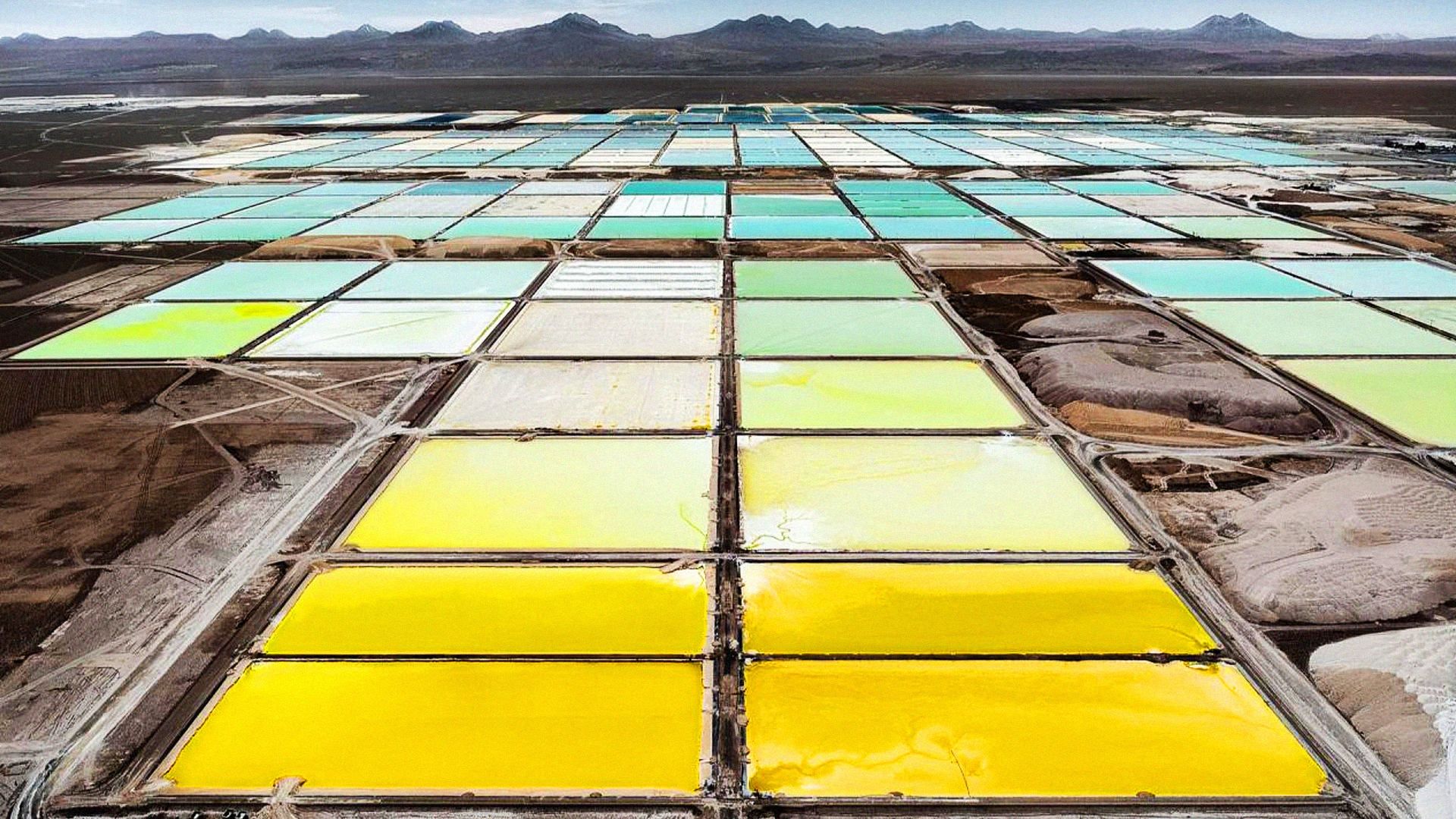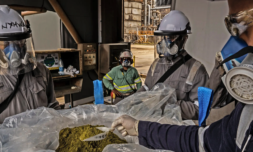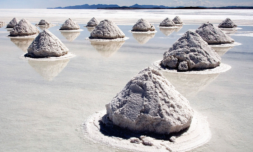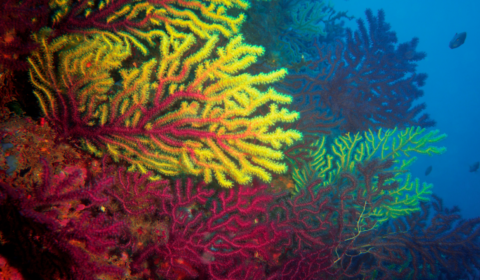Lithium offers the most promising avenue out of our current reliance on fossil fuels. But are we underestimating the level of ecological damage inflicted by mining it on a mass scale?
Widely used in our electric devices, from mobile phones and laptops, to cars and aircraft, demand for lithium is at its peak right now and will continue skyrocket in the coming years.
Global policy insists that the energy sector should plot roadmaps to net-zero, and the transport industry will be almost entirely reliant on lithium to make this happen. Its rechargeable ion batteries are set to account for 60% of new car sales by 2030.
We constantly hear of the benefits that renewable tech will have on the planet, but the means of procuring the materials we need to build this future is often overlooked.
It’s this aspect that German aerial photographer Tom Hegen strives to highlight in his latest exposé series focused on the ‘Lithium Triangle’ – the point at which Chile, Argentina, and Bolivia meet, where rich deposits of lithium can be found.
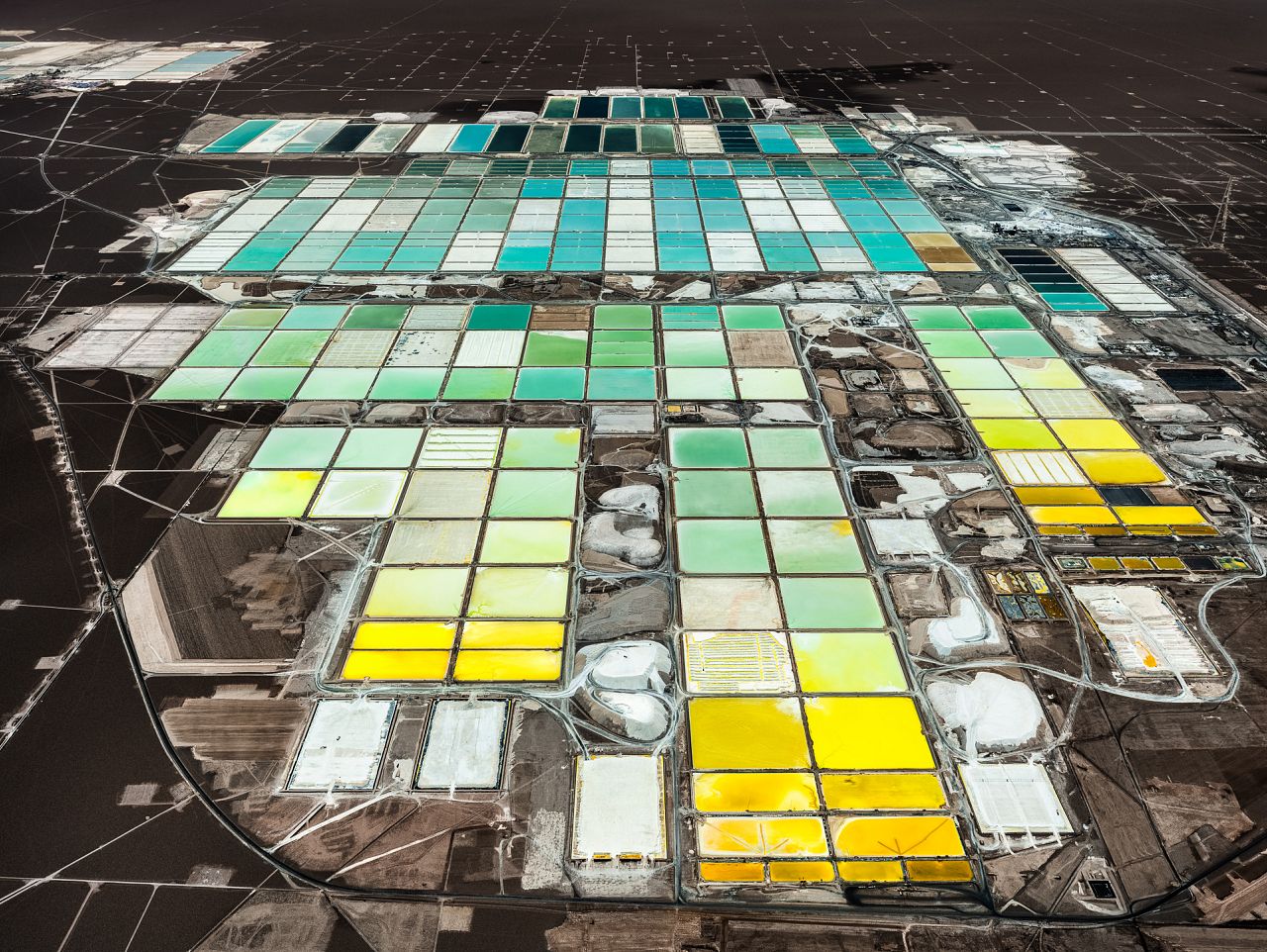

His works primarily focus on the damage human activity leaves on the Earth’s surface, specifically by extracting natural minerals to be refined for our own means.
Typically, when we think of extraction, fossil fuels like coal, gas, and oil come to mind, but lithium mining has adverse impacts of its own that will become more pronounced as the demand for supply increases.
Removing these raw materials can result in soil degradation, biodiversity loss, and water shortages. On that last point, approximately 2.2 million litres of water is needed to produce just one ton of lithium through evaporation ponds, and resulting water scarcities are causing conflict within surrounding communities.









